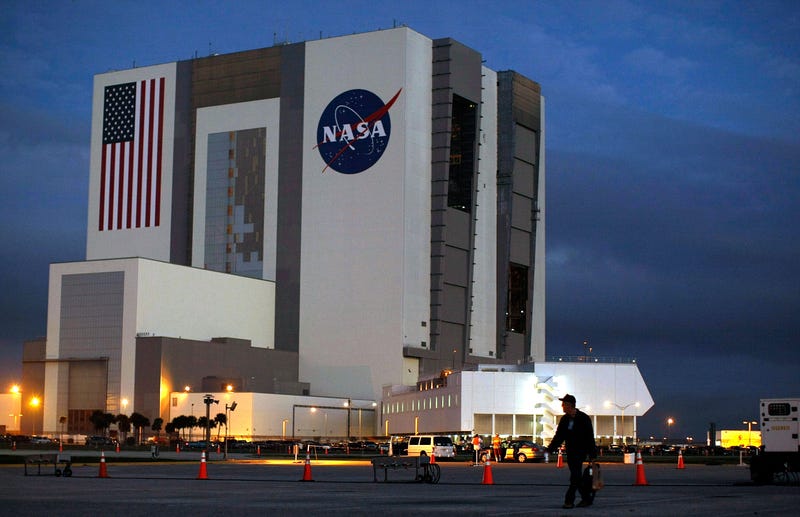
Though we all have differences, there’s one commonality that has prevailed for all of humanity: we are all floating on a rock, flying through outer space at over a million miles an hour.
Thanks to the rapid advancement of technology in the past century, we can observe more of the Universe than ever before.
The scale and sheer size of the Universe make it impossible to truly learn everything, but it doesn’t mean we shouldn’t try.
Here's what's happening in space this week.
NASA's Curiosity Mars rover has captured images of "sun rays" peeking through the clouds on Mars for the very first time.
For the past decade, the Curiosity rover has been roaming the Martian surface, sending valuable information about the climate and geology of Mars back to Earth.
The rover has captured breathtaking views of the setting sun from Mars in the past, but none like the sunset imaged on Feb. 2.
The image posted on Mars Curiosity rover's official Twitter account shows light rays illuminating a bank of clouds over the Red Planet. This is the first time these rays of light, known as crepuscular rays, have been clearly imaged from the Martian surface, according to NASA.
The sunset was captured as part of the rover's latest objective of analyzing Martian clouds at twilight, building on its 2021 study of night-shining or 'noctilucent' clouds.
NASA says clouds over Mars typically lie below 37 miles above the ground and are made of mostly ice. However, the clouds in the rover's latest images seem to be at a higher, colder altitude, suggesting that they could be made of carbon dioxide ice.
The Curiosity rover utilized a black-and-white navigation camera during its 2021 cloud survey, giving researchers a more detailed view of a cloud's structure as it moves across the planet.
The newest cloud survey, which began in January, will focus more heavily on photos taken from the rover's color Mast Camera, or Mastcam, in order to study how cloud particles grow over time.
The gleaming rays of light seen over the Martian horizon weren't the only distinctive phenomena the rover got to witness recently. On Jan. 27, it captured images of a set of feather-shaped iridescent clouds illuminated by the Sun.
The images of the crepuscular rays and the iridescent clouds were captured as panoramas and stitched together using 28 images sent back to Earth, according to NASA.
In a statement, Mark Lemmon, an atmospheric scientist from the Space Science Institute said, “Where we see iridescence, it means a cloud’s particle sizes are identical to their neighbors in each part of the cloud."
“By looking at color transitions, we’re seeing particle size changing across the cloud. That tells us about the way the cloud is evolving and how its particles are changing size over time.”
The Curiosity rover's latest twilight cloud survey will continue until March.
LISTEN on the Audacy App
Sign up and follow Audacy
Facebook | Twitter | Instagram
